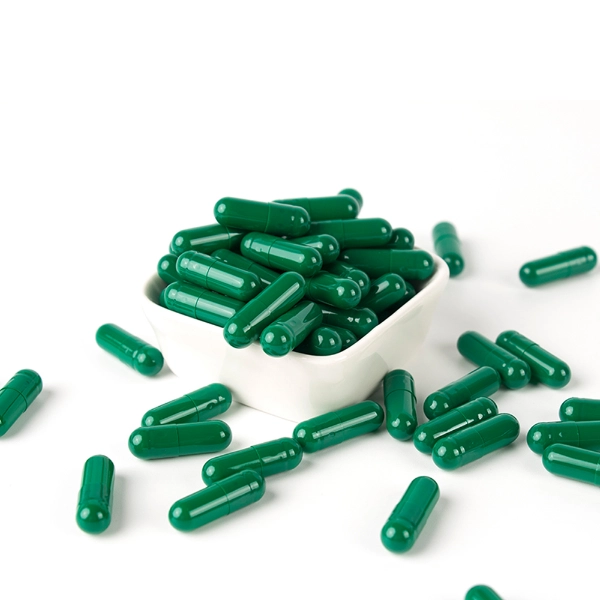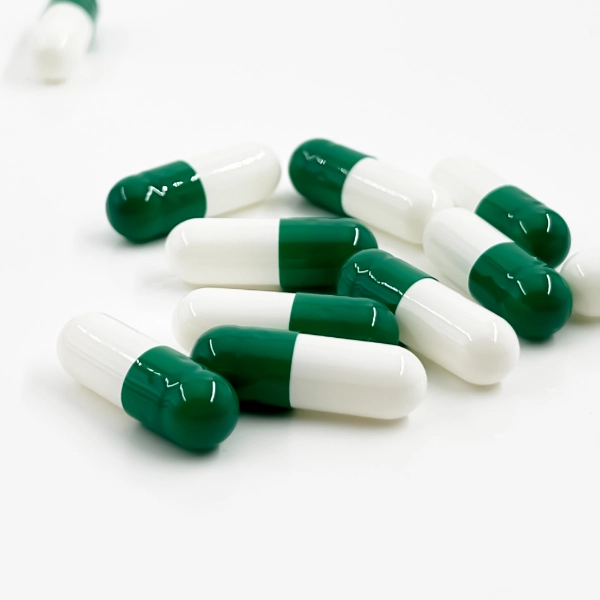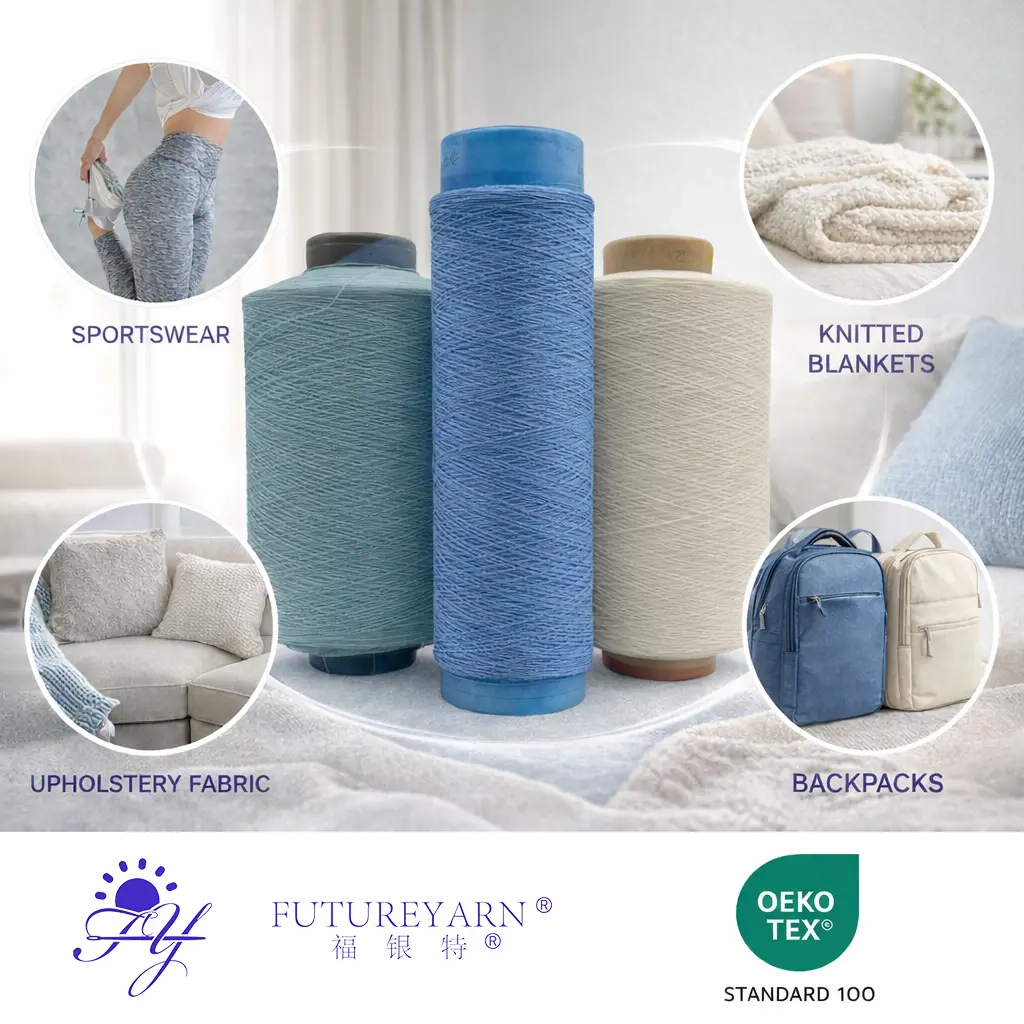Inspection of Various Indicators of Cellulose Vegetable Capsule Shell

Cellulose capsule shells are made of plant cellulose, which comes from non-animal sources and is suitable for vegetarians and vegans. In this blog post, Wecaps will share with you the various indicators that determine the quality and efficacy of cellulose vegetable capsule shells.
1. Material Source and Purity
1.1 Origin of Cellulose
The first step in inspecting cellulose vegetable capsules is to verify the source of the cellulose. High-quality capsules are made from pure cellulose derived from sustainably sourced plant materials.
1.2 Purity Standards
Inspection should ensure that the cellulose is free from contaminants, such as heavy metals, pesticides, and other harmful substances. Compliance with purity standards, such as those set by the United States Pharmacopeia (USP), is crucial.
2. Physical Properties
2.1 Size and Shape Consistency
Capsules must be uniform in size and shape to ensure consistent dosing and ease of swallowing. Inspection involves measuring the length, diameter, and roundness of the capsules.
2.2 Hardness and Brittleness
The hardness and brittleness of the capsule shell are critical for ensuring that it does not break during manufacturing, handling, or in the stomach. A balance is needed to ensure the capsule is robust enough to withstand processing but will dissolve efficiently in the digestive tract.
3. Chemical Composition
3.1 Ash Content
Ash content refers to the inorganic residues left after the capsule is incinerated. A low ash content is desirable as it indicates minimal impurities.
3.2 Viscosity
Viscosity is a measure of the resistance of a fluid to flow. High viscosity indicates a higher degree of polymerization in the cellulose, which can affect the capsule's dissolution time.
4. Mechanical Strength
4.1 Tensile Strength
Tensile strength is the maximum amount of stress that a capsule can withstand while being stretched or pulled before breaking. This is an important indicator of the capsule's durability.
4.2 Elasticity
Elasticity refers to the ability of the capsule to return to its original shape after being stretched. A capsule with good elasticity is less likely to break during the filling process.

5. Disintegration and Dissolution
5.1 Disintegration Time
The disintegration time is the time it takes for the capsule shell to break down in water. This is a critical parameter as it affects the release of the encapsulated material.
5.2 Dissolution Rate
The dissolution rate is the speed at which the capsule shell dissolves in the gastrointestinal tract. It is essential for ensuring the timely release of the active ingredients.
6. Permeability
6.1 Water Vapor Transmission Rate (WVTR)
WVTR measures the amount of water vapor that can pass through the capsule shell. A low WVTR is important for maintaining the stability and shelf life of moisture-sensitive ingredients.
6.2 Oxygen Permeability
Oxygen permeability is the rate at which oxygen can pass through the capsule shell. It is crucial for protecting oxygen-sensitive ingredients from degradation.
7. Biocompatibility and Safety
7.1 Cytotoxicity
Cytotoxicity testing assesses the capsule's potential to cause harm to cells. Biocompatible capsules should not have a negative impact on cell viability.
7.2 Allergenicity
Allergenicity testing ensures that the capsule does not contain allergens that could cause an allergic reaction in sensitive individuals.
8. Stability and Storage
8.1 Light Stability
Capsules should be tested for their stability under various light conditions to ensure that they do not degrade when exposed to sunlight or artificial lighting.
8.2 Thermal Stability
Thermal stability testing ensures that the capsules can withstand high temperatures during manufacturing processes without losing their structural integrity.

9. Manufacturing Process
9.1 Quality Control
A detailed inspection of the manufacturing process is essential to ensure that the capsules are produced under hygienic conditions and meet all quality standards.
9.2 Good Manufacturing Practices (GMP) Compliance
Compliance with GMP ensures that the manufacturing process is controlled and monitored to minimize the risks of contamination, mix-ups, and errors.
10. Regulatory Compliance
10.1 Regulatory Standards
Capsules must comply with regulatory standards set by agencies such as the Food and Drug Administration (FDA) and the European Medicines Agency (EMA).
10.2 Certifications
Obtaining certifications, such as those from the Vegetarian Society or Vegan Society, can provide additional assurance to consumers regarding the quality and suitability of the capsules.
Wecaps always adheres to the principle of quality first, our products have secured FDA, DMF, EU IMSOC, HALAL, and KOSHER certifications. The reliable pharmaceutical solutions we provide you are worthy of your trust!
www.wecaps.com
Wecaps


